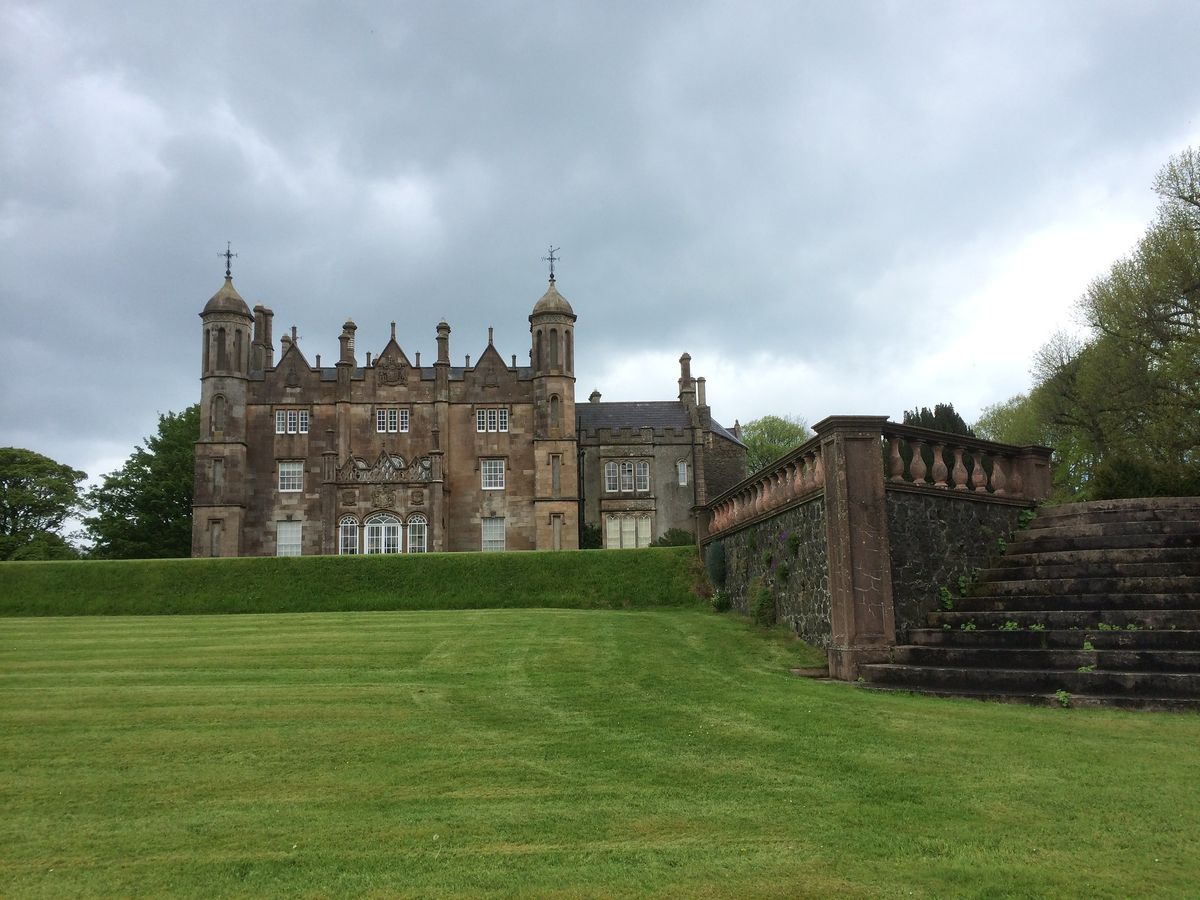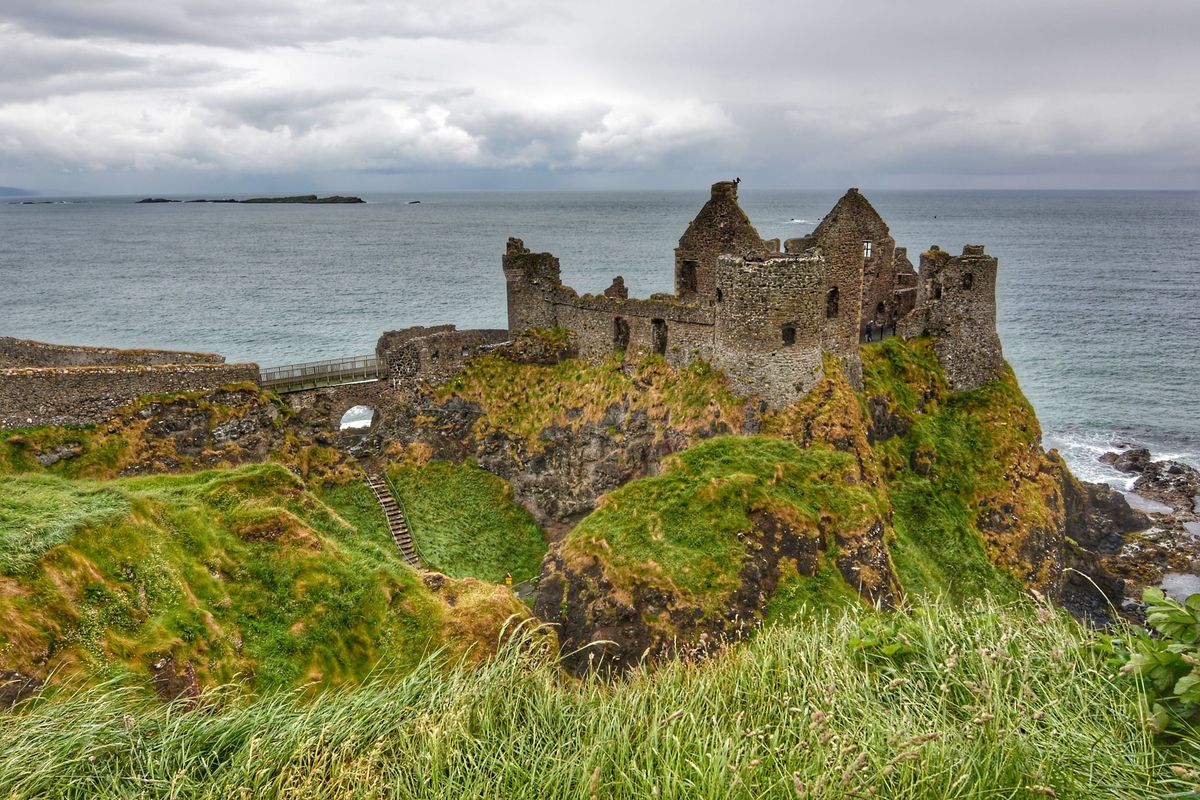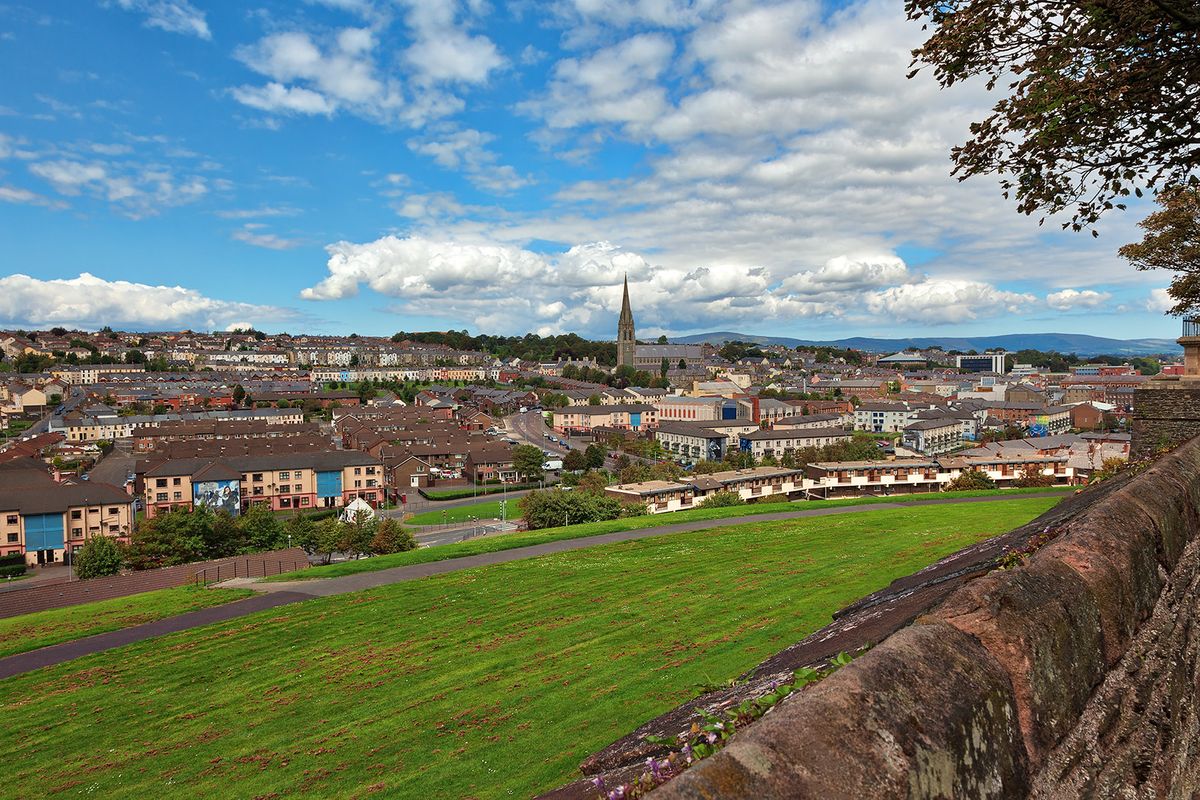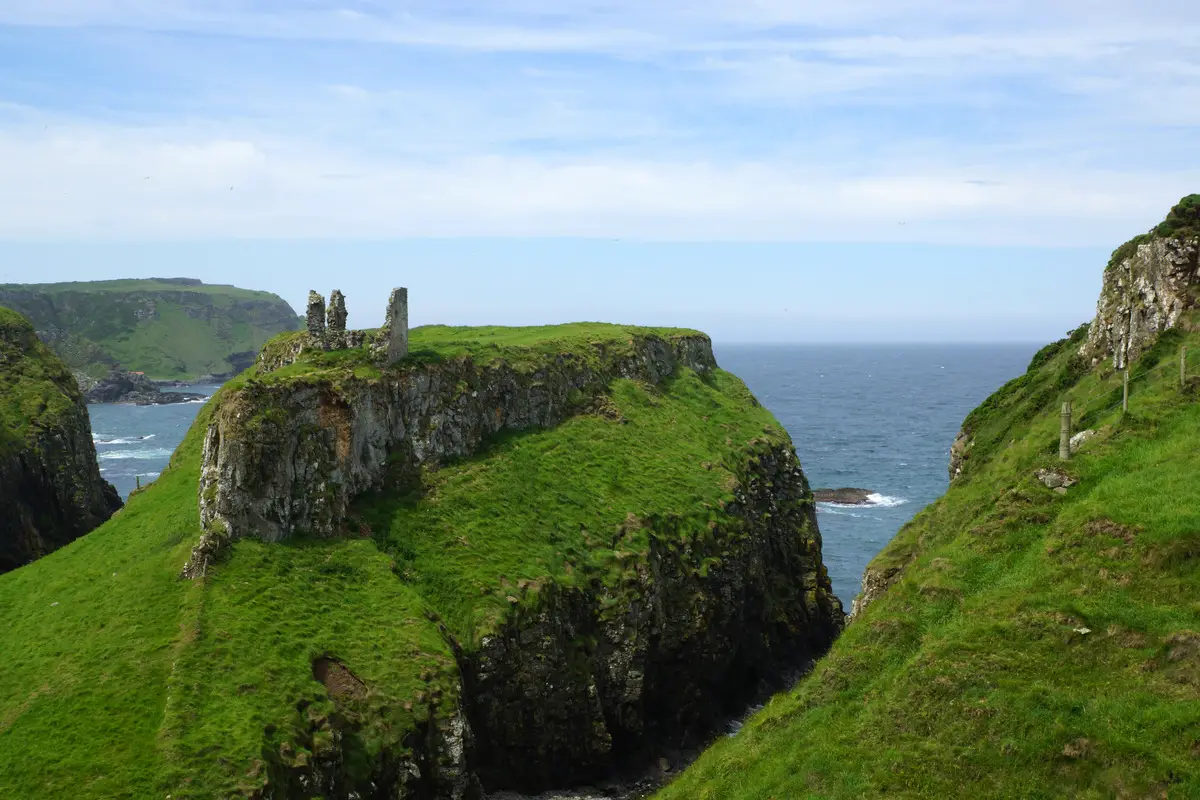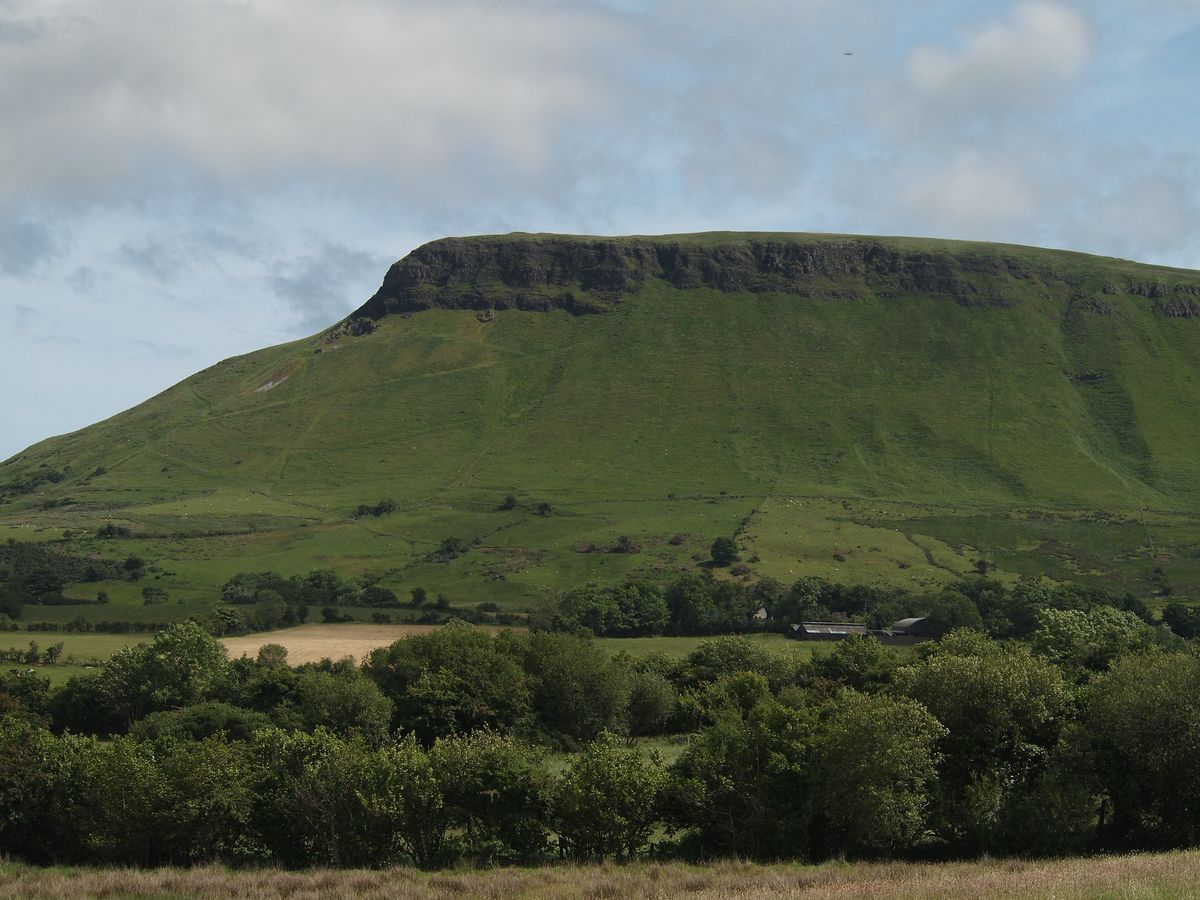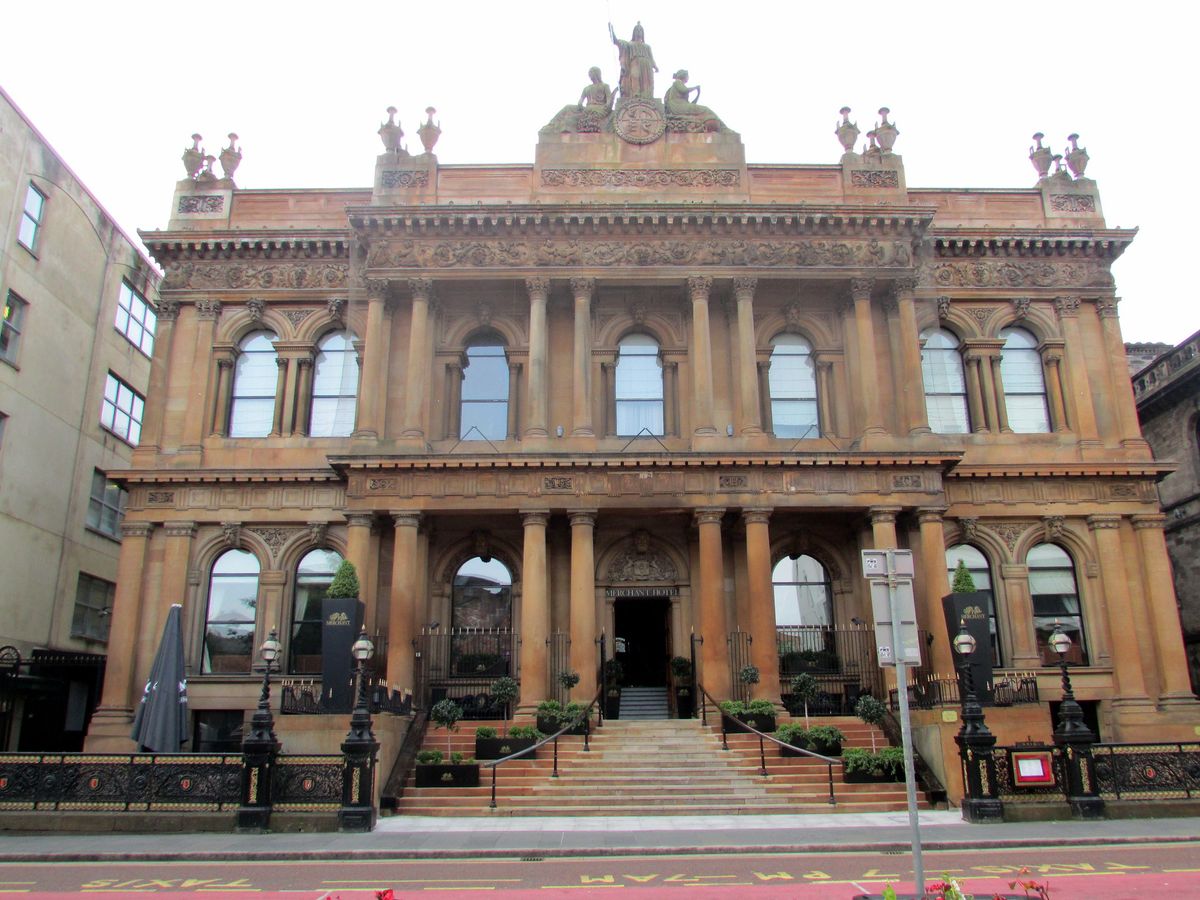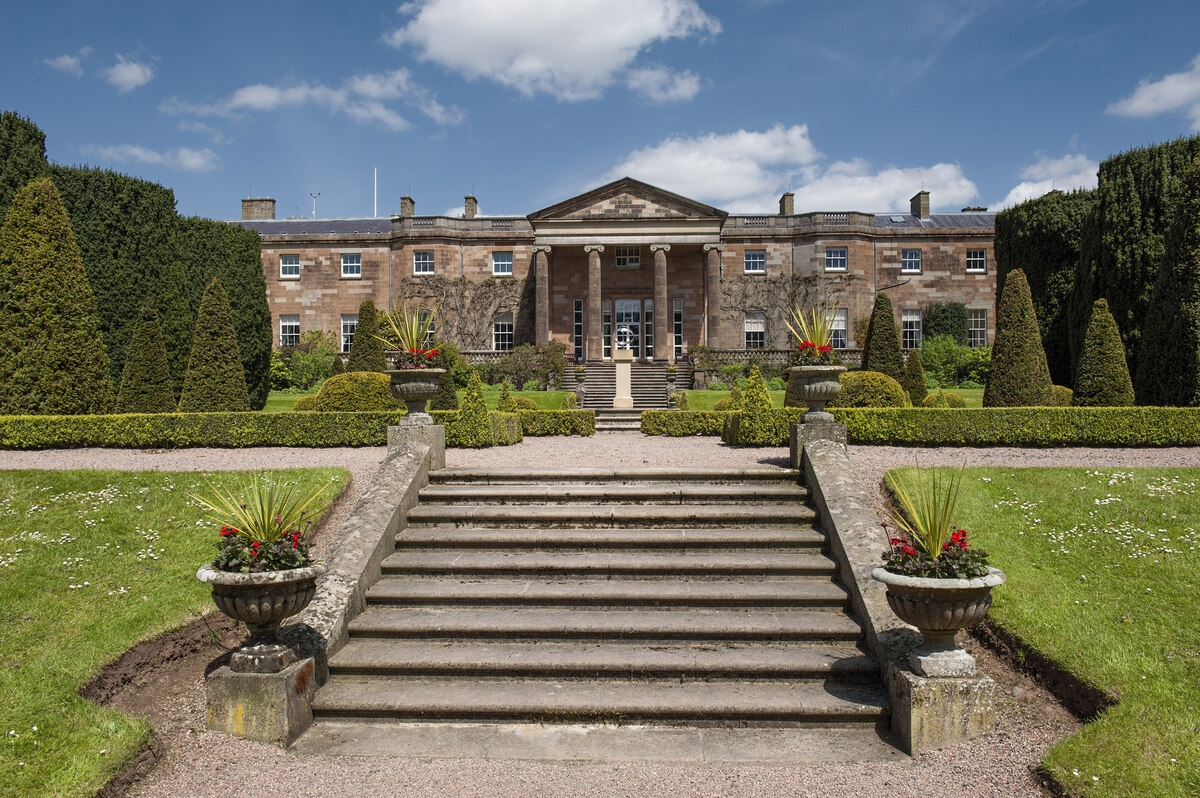Wondermondo 🢖 World 🢖 Wonders of Europe 🢖 Wonders of the United Kingdom 🢖 Wonders of Northern Ireland
Territory
Wonders of Northern Ireland
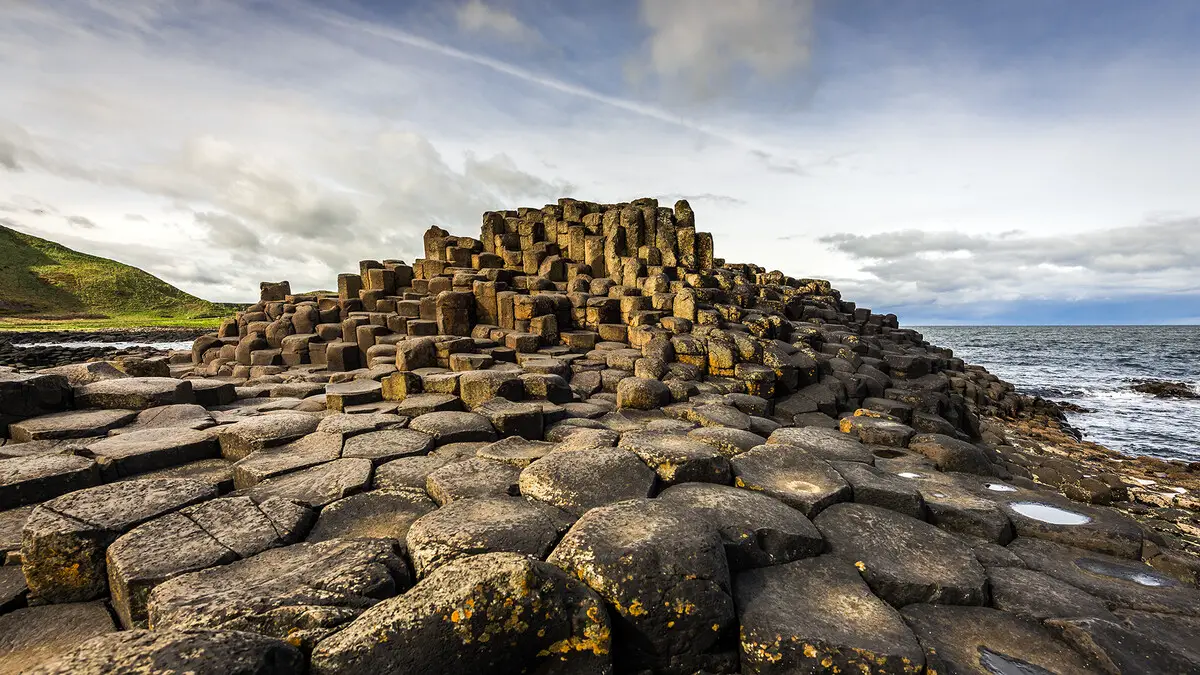
 Highlights
Highlights
Although one of the best-known landmarks of Northern Ireland is the amazing Giant’s Causeway, there are numerous other amazing monuments.
The most amazing wonders of Northern Ireland are:
- Early Christian monuments – remnants of ancient monasteries, churches, and cemeteries contain unique values – such as stone sculptures combining pagan and Christian symbols.
- Megaliths – numerous stone circles and dolmens.
- Country houses – Northern Ireland is rich with diverse and magnificent country houses, including such amazing structure as Gosford Castle – a unique example of Norman architecture style revival. Castles in Northern Ireland were built comparatively late and many country houses were fortified or were built similar to medieval castles. Thus there is not easy to draw a line between true medieval castles and country houses.
Map with the described wonders of Northern Ireland
If you see this after your page is loaded completely, leafletJS files are missing.
 Top 25 wonders of Northern Ireland
Top 25 wonders of Northern Ireland
Geological wonders
Giant’s Causeway
County Antrim
Area of outstanding natural beauty, with some 40,000 interlocking basalt columns. Tops of these columns form natural stepping stones leading into the sea.
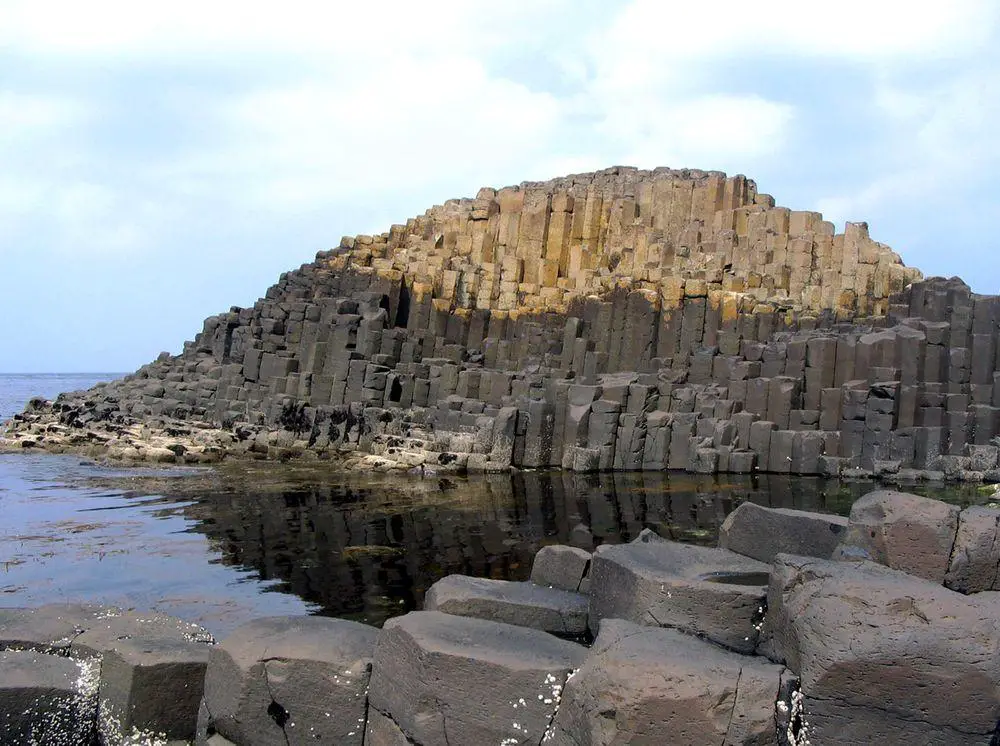
Dunkerry Grand Cave
County Antrim
One of the most impressive sea caves in Ireland, approximately 30 m high and 27 m wide, with an unknown depth.
Archaeological wonders
Altagore Cashel
County Antrim
The best preserved ancient fortification – a drystone ringwall.
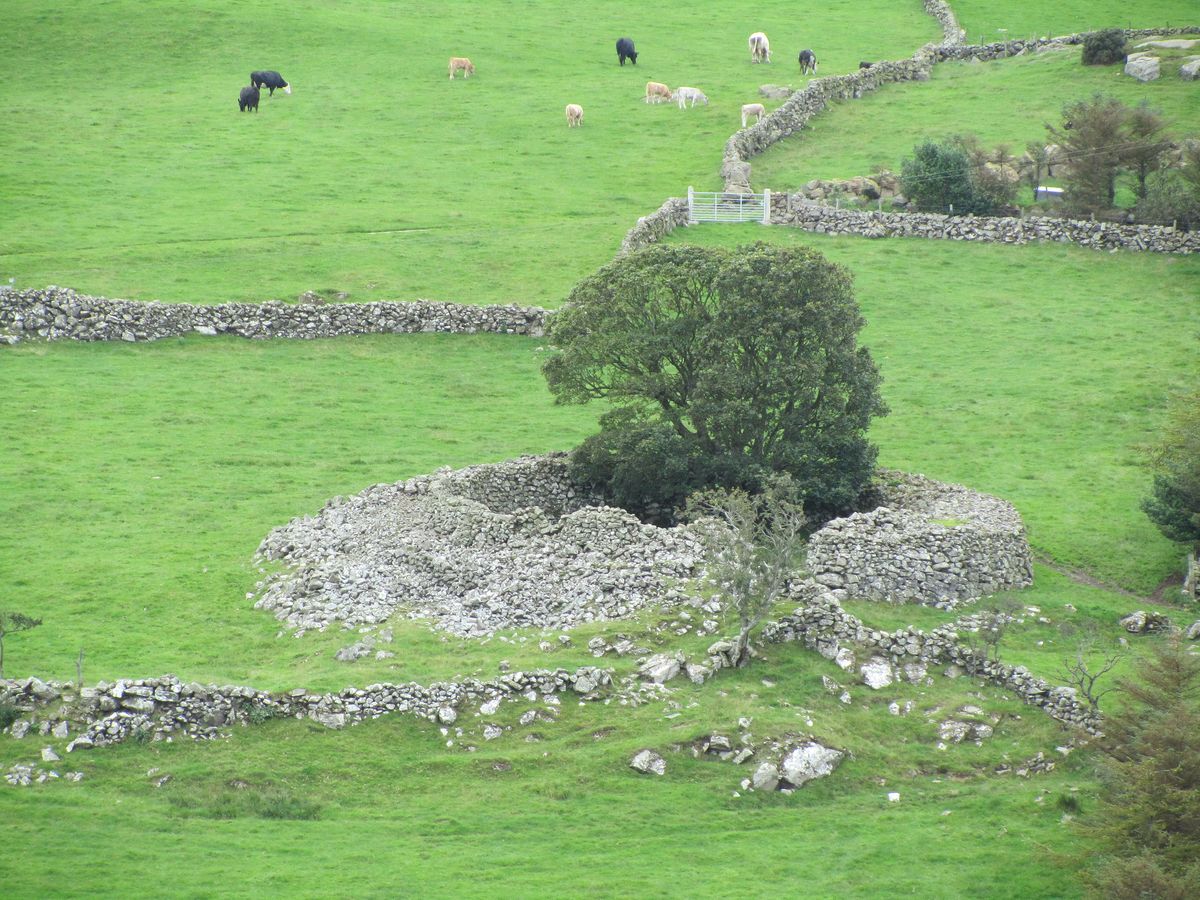
The Linford Barrows
County Antrim
Mysterious earthworks of unknown age. Two circular mounds (13 and 16 m diameter) that are surrounded by a deep ditch and higher outer bank – similar to large stamps pressed in the earth.
Architecture wonders
Carrickfergus Castle
County Antrim
One of the best preserved medieval structures in Ireland, constructed in 1177 by Normans, since 1210 – English castle. Castle has not been abandoned and as a result, represents a valuable monument of architecture and history. For the most part, surrounded by water.
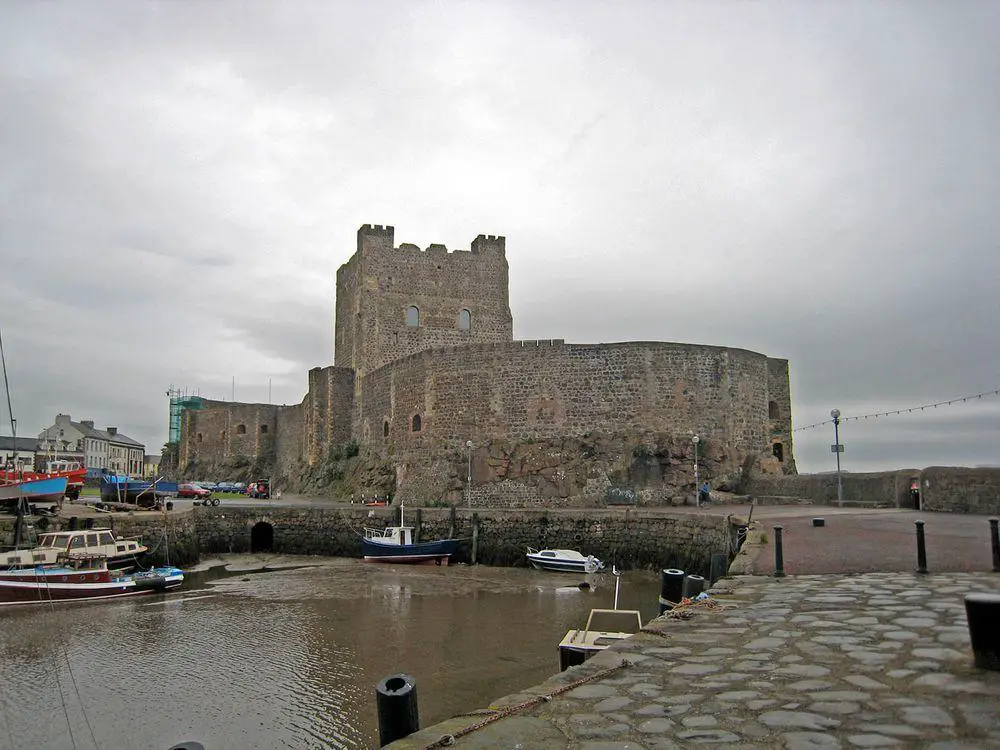
Belfast Castle
County Antrim
Massive stately home, built in Scottish Baronial style in 1862 – 1870 on a hill above Belfast. The building resembles a medieval castle.
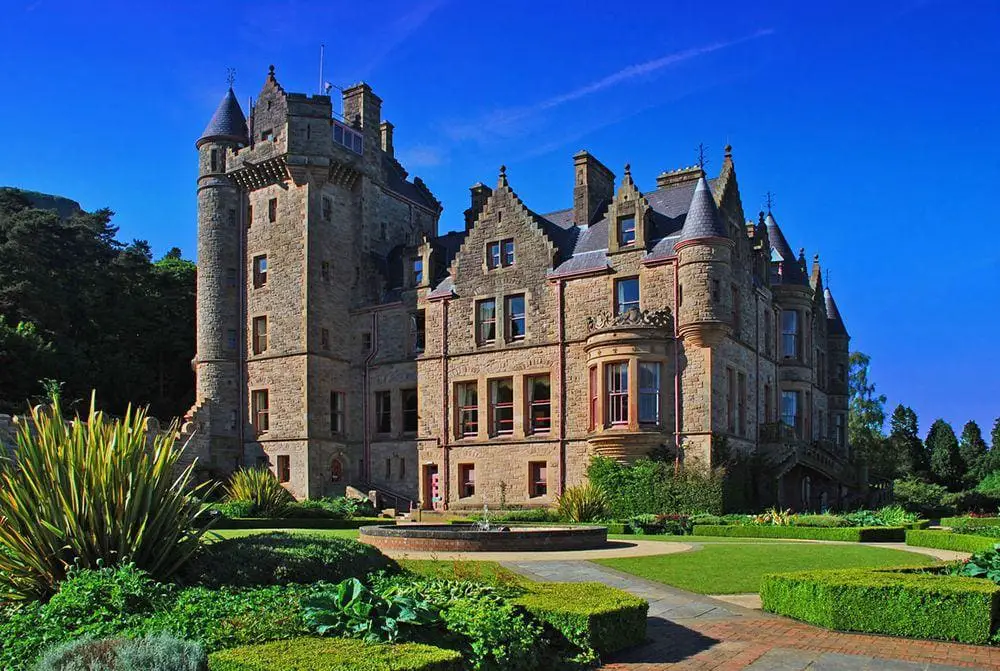
Glenarm Castle
County Antrim
Exquisite castle, built on the site of an older castle in 1636 in Jacobean style, rebuilt in the late 18th century in Palladian style.
Dunluce Castle
County Antrim
Magnificent castle ruins on a promontory, overlooking the sea, accessible via a bridge. Currently visible structures built in the early 16th century. Abandoned as the sea is washing out the cliff. Ghost stories.
The Palm House of Belfast Botanic Gardens
County Antrim
One of the oldest curvilinear cast iron glasshouses in the world, built in 1840. The plant house contains many unique plants including 400 years old Xanthorrhoea from Australia.
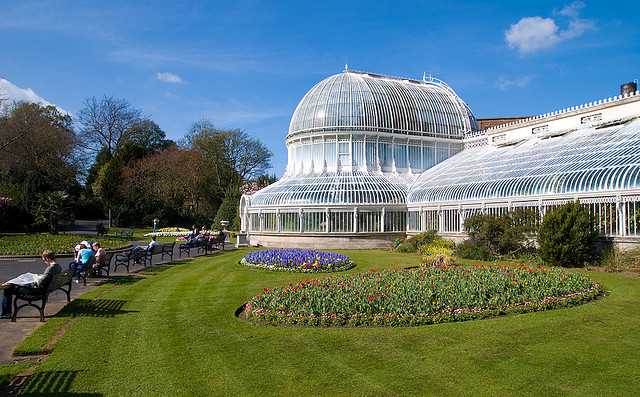
Derry Walled City
County Derry
The best preserved walled city in Ireland, the last walls built around the city in Western Europe (1613 – 1619). The walls are 1.5 km long, and 4 – 12 m tall, the whole city can be walked on walls. The city has preserved its planning since the 17th century.
Dunseverick Castle
County Antrim
Ruins of a very old castle that rises above the sea on a promontory. Saint Patrick visited the castle in the 5th century AD, and important historical events have taken place here also in later times. Demolished in the 1650ies.
Tiveragh Hill and Lurigethan Hill
County Antrim
Two legendary fairy sites, still revered by locals and considered to have frequent supernatural sightings.
Down Cathedral
County Down
First time mentioned in written sources in 1124, when the existing cathedral was repaired and enlarged. Since then it has been destroyed and rebuilt numerous times, nowadays the oldest parts are from the 13th century. Contains medieval crosses.
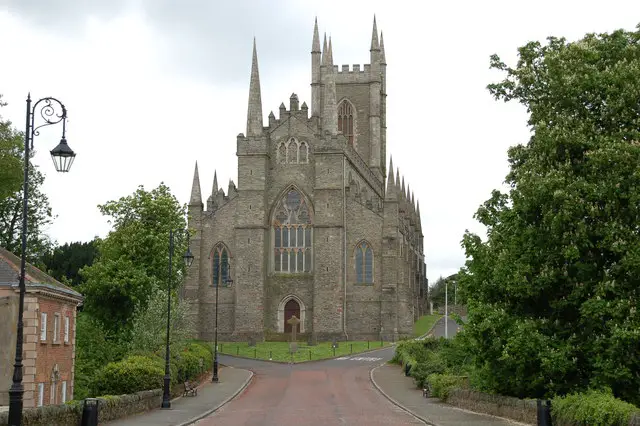
Antrim Round Tower and Antrim Bullaun Stone
County Antrim
Remnants of the ancient monastic settlement. The round tower was built around the 10th century AD and served as a bell tower and fortification. It is 28 m tall. Burned and abandoned in 1147.
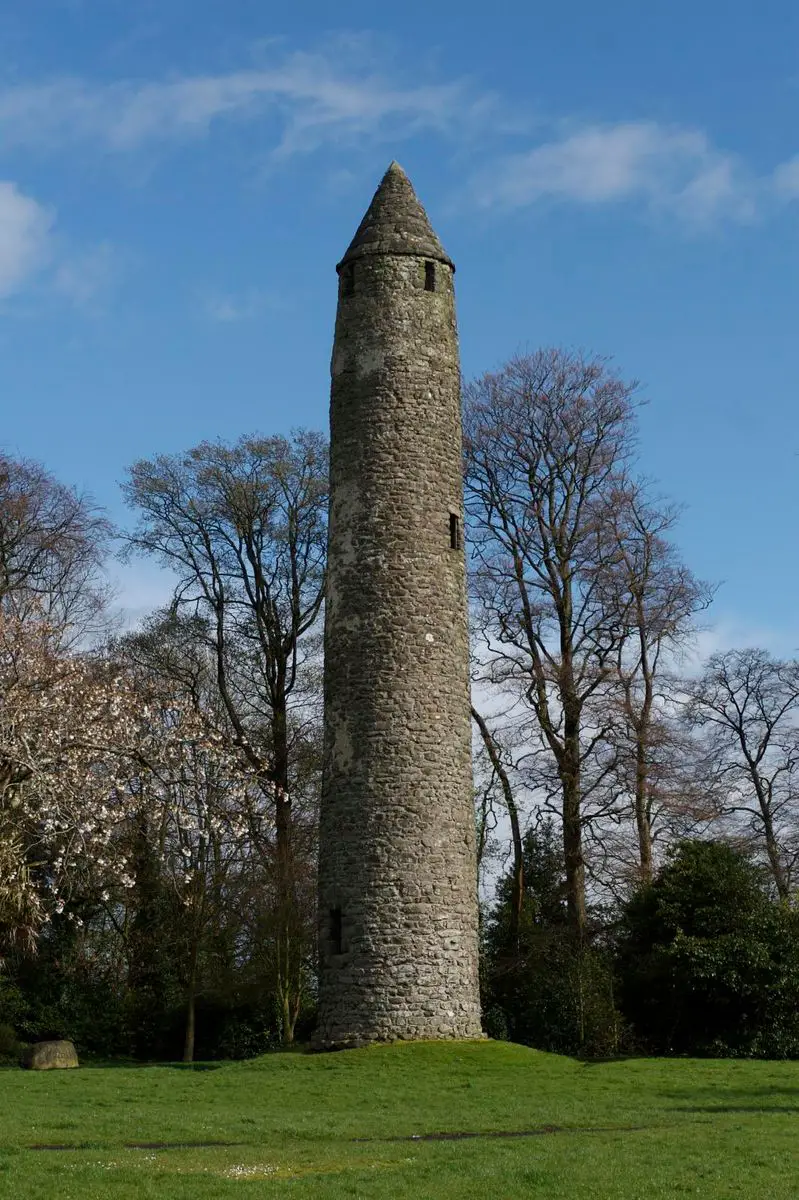
Struell Wells
County Down
Four holy wells, a sacred site since at least the 3rd century AD. Covered with buildings – current structures are from the 17th century.
Merchant Hotel
County Antrim
Luxurious hotel building, constructed in the middle of the 19th century.
Bangor Abbey
County Down
Established in 558 and developed as a center of knowledge, a center of missionary trips to other areas of Northern Europe. Not active as abbey anymore.
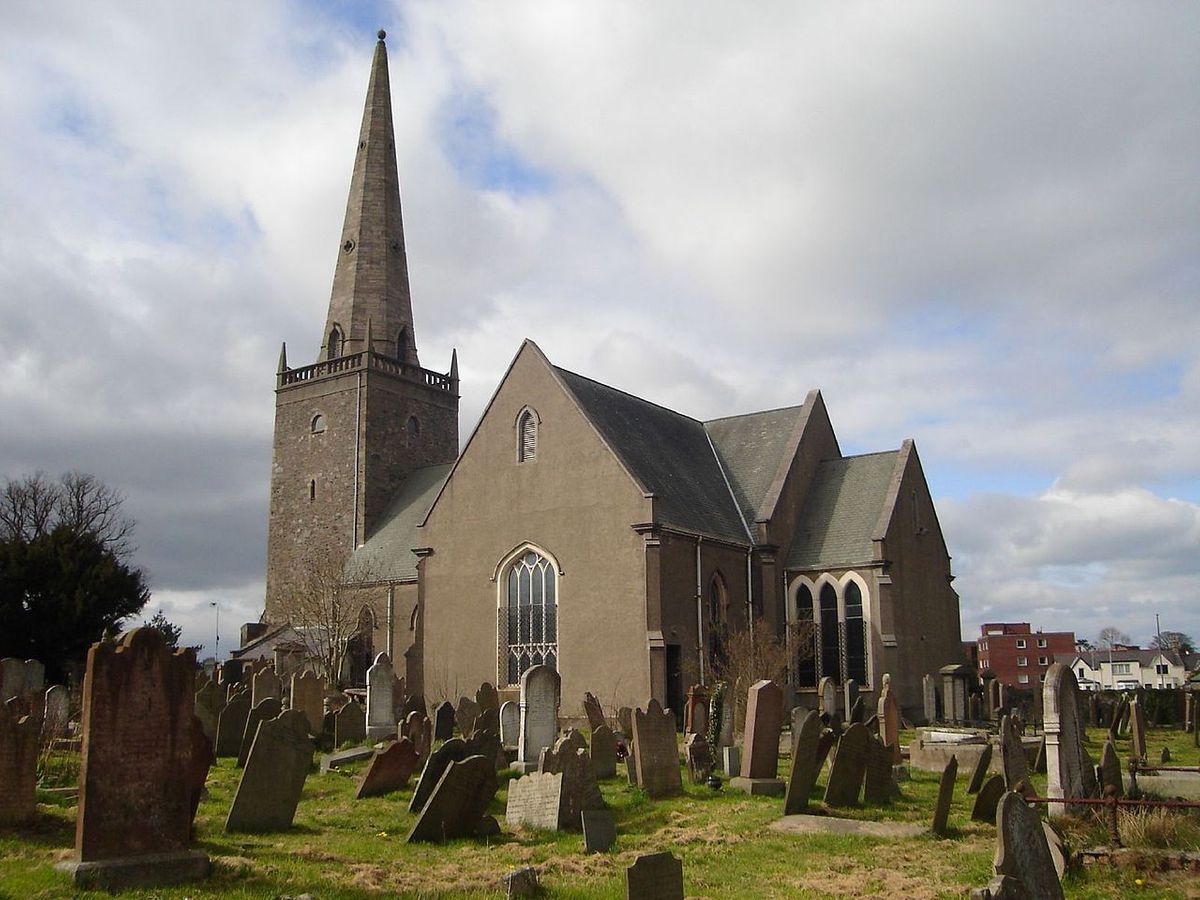
Hillsborough Castle
County Antrim
Stately home, built in the 18th century in the Georgian style. Now – government residence.
Devenish Island monastery
County Fermanagh
Interesting site of an early Christian monastery. Contains a 30 m tall Romanesque round tower from the 12th century and ruins from the 6th century.
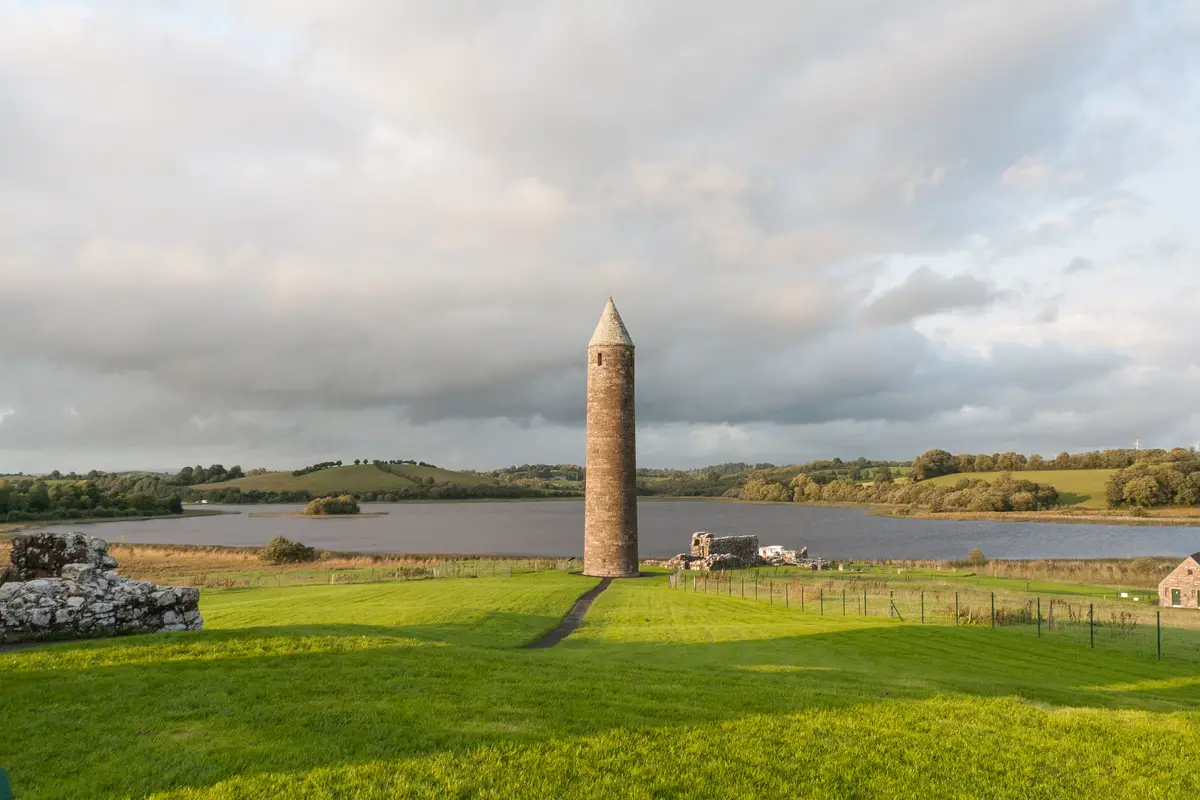
Gosford Castle
County Armagh
Large country house, built in the rare Norman Revival style. Built in 1819 – 1850s. House has some 150 rooms.
White Island stone carvings
County Fermanagh
Unique Medieval stone carvings in the ruins of the Romanesque church. These carvings were made sometimes around 800 – 1000 AD. Amazing representation of the transition from pagan beliefs to Christianity.
Layde Church (The Layd)
County Antrim
Ruins of a church. Church was last built here in the 17th century, but the site has a very long history. Two Celtic crosses – including Cross Na Nagan – pagan holestone "Christianised" into Celtic cross. Ghost stories.
Belfast Grand Opera House
County Antrim
This beautiful theater house was constructed in 1895 in the Oriental style.
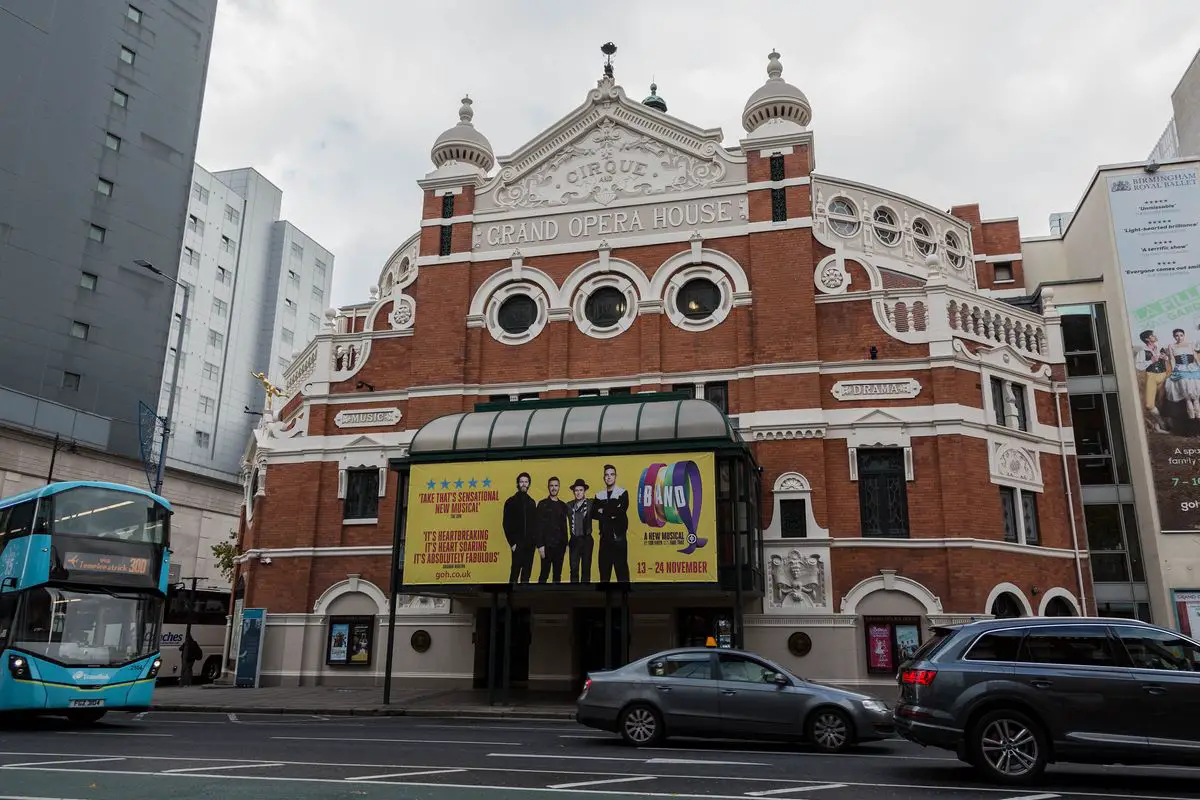
Dalway’s Bawn
County Antrim
Late medieval fortification, the best preserved so-called "Bawns and Flanker Towers". Built in 1609, consists of a quadrangular fortified enclosure with three round towers.
 Recommended books
Recommended books
Rick Steves Snapshot Northern Ireland
In this compact guide, Rick Steves and Pat O’Connor offer their best travel tips on Northern Ireland, including Belfast, Portrush, the Antrim Coast, Derry, and County Donegal. Visit the Ulster Museum in Belfast, tour the Dunluce Castle or Giant’s Causeway along the Antrim Coast, or peruse Derry’s political murals. You’ll get firsthand advice on the best sights, eating, sleeping, and nightlife, and the maps and self-guided tours will ensure you make the most of your experience.
Northern Ireland: A Walking Guide
This revised guide presents top-class walking routes in Northern Ireland. From rugged mountain peaks to spectacular coastal scenery, from challenging hill walks to shorter woodland and waterside excursions, there is something for everyone.

